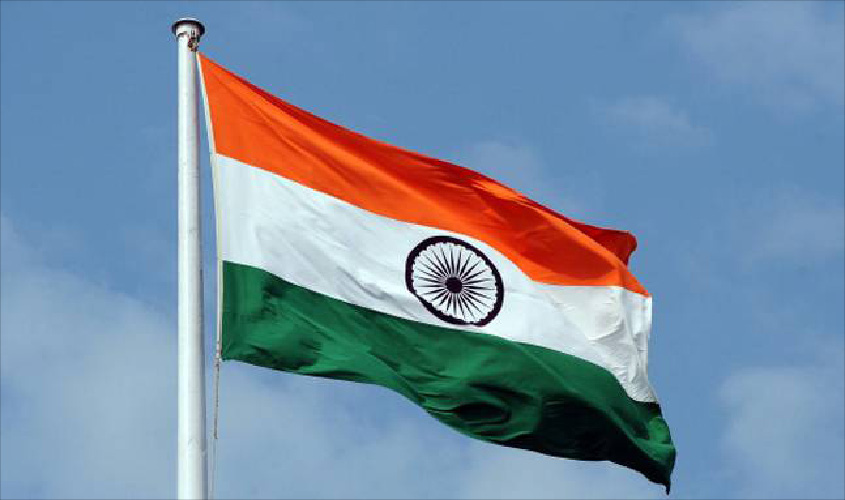NEW DELHI: Recently, the United States had classified India as a “developed country” and the new classification is being floated on social media as a positive news for the country. However, socio-economic indicators show that India is still an underdeveloped country and is nowhere near many South Asian and South-East Asian countries like China, Singapore, South Korea, and Hong Kong on development parameters.
The moment news broke that the US has ended India’s developing nation tag and has classified the country as a “developed nation”, social media was abuzz with cheerful remarks as if it was a kind of victory for the country. However, this joy couldn’t continue for a long time and the myth was busted that the new classification done by the US has anything good for the country. On the contrary, the new classification as a developed country will paralyse India from availing the benefits that come with the “developing nation” tag.
Experts say whether India should be treated as a developed country or not, will remain a matter of debate for the time being; in reality, socio-economic indicators suggest that India is far behind from qualifying for any such tag.
Some of comparative socio-economic parameters are indicative. As per the 2019 World Bank data, the per capita national income in India was Rs 1, 38,087 and the country continues to be a lower-middle-income country, while Sri Lanka has climbed to the upper-middle-income group for the fiscal year 2020. This is according to the World Bank’s classification of countries by income levels, released on 1 July 2019. The same year, other countries like Singapore, South Korea, and China reported per capita national income of Rs 39, 80,690, Rs 20,71,740 and Rs 6,34,370, (currency conversion rate Rs 73 against 1 USD) respectively.
In terms of the annual Human Development Index (HDI), the 2019 report, released on 9 December 2019, India is ranked at the 129th position, one rank above last year’s ranking, out of a total of 189 countries, while China, South Korea, Singapore, and the US rank at 85, 22, 9 and 15, respectively.
The HDI is a composite index of life expectancy, education, and per capita income indicators, which are used to rank countries into four tiers of human development. Interestingly, this socio-economic indicator was coined by a Pakistani economist Mahbub ul Haq and Indian economist Amartya Sen and was later used by the United Nations Development Programme (UNDP)’s Human Development Report Office to measure a country’s development. If the aforementioned indicators are not enough to explain why India is an underdeveloped country, consider the comparative data on poverty which shows that India remains the home of 36.4 crore poor people (28%), out of a global population of the 130 crore. In compare to India, China with 7.9% population under this category, Singapore with almost 0% and South Korea also with almost negligible population, are in a much better position. Experts say that the real intent behind the new classification by the US is simply to bar developing countries like India from availing several benefits that are exclusively available for it under the WTO regime. Bijendra Jha, who currently teaches social science in a college affiliated to Delhi University, told The Sunday Guardian: “The classification laid down by the World Bank simply puts all countries of the world into the three broad categories, namely developed economies, economies in transition and developing economies. A developing nation as per the WTO rules is eligible for getting advantage of using subsidies and tariff control and it can also avail longer time to implement global initiatives imperatives. These advantages are needed to give thrust to international trade and help a developing country raise life standards of its people.” “The method that is currently being implied by the World Bank to classify the countries into categories of developing and developed nations is based on the GDP factor, a tally of all the goods and services produced in a country in one year, expressed in U.S. dollars. If we take this method into consideration, then comparing India with a developed country will be just laughable.”

